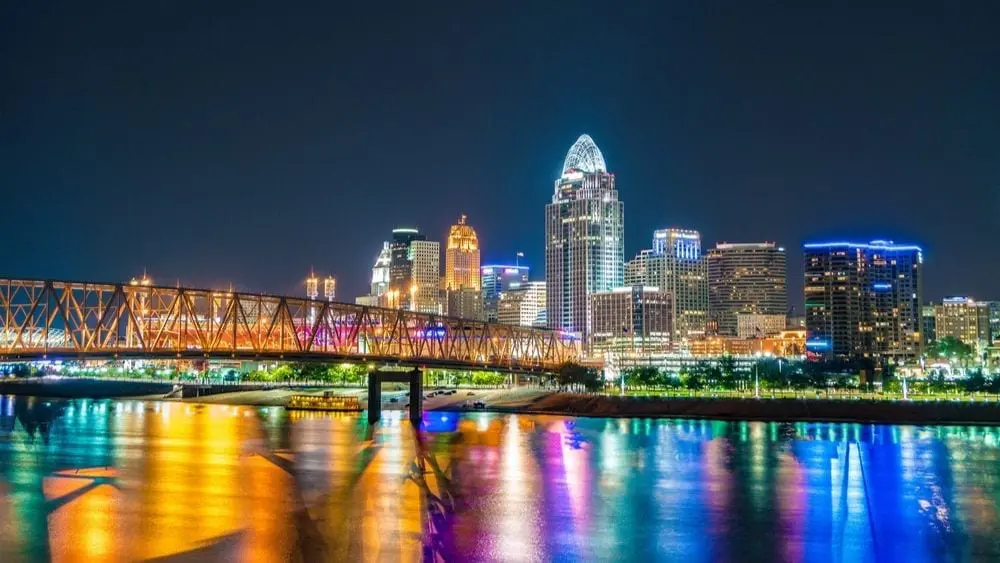
What trend is expected to shape markets, cities and home building as home shoppers look to invest in their new lives? 18-hour cities.
18-hour cities are those where many businesses operate outside the traditional business hours of 9 a.m. to 5 p.m. like in smaller cities, but not 24 hours, such as businesses found in bigger cities, like New York City.
What is an 18 Hour City?

An 18 hour city is a mid-sized metropolitan area with above average population growth. The population growth is mostly driven by millennials moving into the city, or remaining there after college drawn by a combination of affordability compared to larger markets, thriving jobs market, and a vibrant culture.
Emerging 18 Hour Cities

- Austin, TX
- Columbus, OH
- Richmond, VA
- Portland, OR
- Nashville, TN
- Seattle, WA
- Dallas, TX
- Pittsburgh, PA
- Charleston, SC
- Salt Lake City, UT
- Raleigh, NC
Why Do People Love 18 Hour Cities?

18 hour cities allow people to have most of the benefits of life in a large city, without the exorbitant cost of living of a major city and the constant hustle and bustle of a city like Boston, San Francisco, LA, or New York. Expectations suggest this trend will continue as more residents and businesses move away from high-cost areas, and help make smaller cities more vibrant and appealing.
When you live in an 18 hour city, you get almost all of the amenities of a major city, without feeling crowded or like you’re overspending on rent. In addition to great food scenes, nightlife, and museums, popular 18 hour cities frequently have a unique feature that adds to their ability to draw new residents.
Think about Austin and Nashville’s music scenes, Denver’s unique mountain setting, Charleston’s southern charm. These unique add-ons let home shoppers in the areas to reap additional benefits to living in an 18 hour city.
While 18 hour cities, new transit hubs and urban parks continued to garner attention as incentives for development, an increasing number of developers are also looking toward an age-old cue — food. And the interest is not just limited to new urban food emporiums such as Ponce Market in Atlanta.
Instead, it extends to community gardens in new developments and even in some urban condos. Examples include Rancho Mission Viejo, a new community in Orange County, CA, that includes orchards, acres for vegetable farming and even cattle ranching, or Summers Corner outside of Charleston, SC. Harvest, a master-planned community in Argyle and Northlake, TX, incorporates a professionally managed farm, two community crop areas and raised garden beds available for residents to rent.
Change is slow but incremental and taken together all these trends will shape real estate future.

Camilla McLaughlin is an award-winning writer specializing in house and home. Her work has appeared in leading online and print publications, such as Yahoo! Real Estate, Unique Homes magazine and Realtor magazine. She has also freelanced for the Associated Press.
 The Future of Appliance Design: A Visit to GE’s Appliance Park
The Future of Appliance Design: A Visit to GE’s Appliance Park